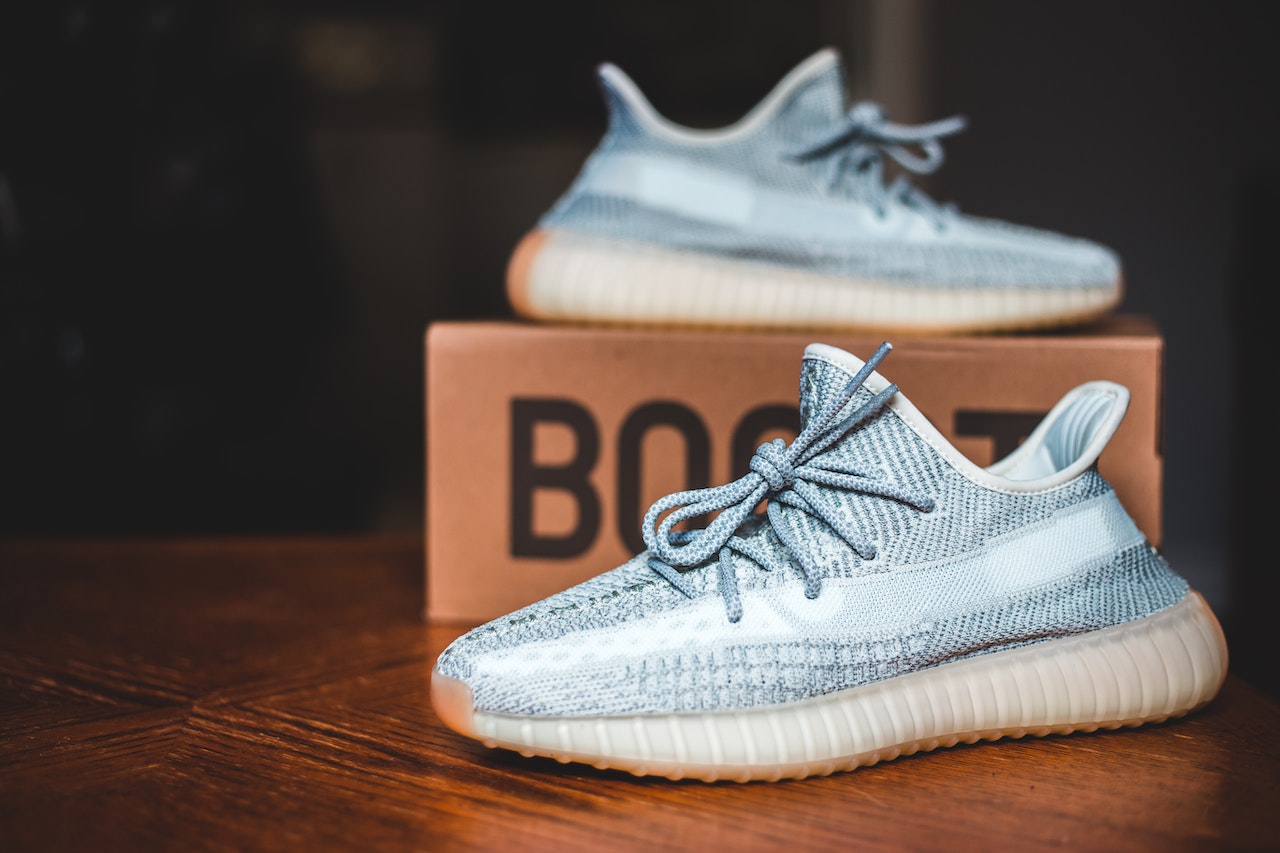As a sole proprietor in Canada, you are responsible for managing your business finances, including how you pay yourself. There are several methods to pay yourself, each with its own advantages and disadvantages. In this article, we will discuss the most common ways to pay yourself as a sole proprietor in Canada.

01. Owner’s Draw
An owner’s draw is when you withdraw money from your business account for personal use. This method is simple and convenient, but it is not recommended for several reasons. First, it can be challenging to track your business and personal expenses separately, which can complicate your accounting and taxes. Second, an owner’s draw does not provide a record of your income, which can make it difficult to secure financing or sell your business in the future.
02. Salary
Paying yourself a salary is a more formal method of paying yourself. You can set up payroll for yourself and deduct income taxes, CPP, and EI from your paycheck. This method ensures that you have a record of your income, which can be useful for tax purposes and securing financing. However, it can be more complicated to set up and manage payroll, and you may have to pay additional fees to use a payroll service.
03. Dividends
If you have a corporation, you can pay yourself dividends instead of a salary. Dividends are a distribution of the company’s profits to its shareholders. The advantage of paying yourself dividends is that they are taxed at a lower rate than regular income. However, dividends are not considered a salary, and you cannot use them to contribute to CPP. Also, you need to ensure that your corporation has enough retained earnings to pay dividends legally.
04. Personal Expenses
As a sole proprietor, you can claim certain personal expenses as business expenses, such as home office expenses, vehicle expenses, and meals and entertainment expenses. However, it is essential to keep detailed records and ensure that these expenses are legitimate business expenses. Claiming personal expenses as business expenses can be considered tax evasion and can result in penalties and fines.
05. Mix and Match
You can also use a combination of the above methods to pay yourself. For example, you can pay yourself a salary and take the occasional owner’s draw or pay yourself dividends in addition to a salary. Using a combination of methods can provide flexibility and allow you to optimize your tax situation.
Also Read : How to Record HST/GST in Quickbooks Canada
Conclusion :
As a sole proprietor in Canada, you have several options for paying yourself, each with its own advantages and disadvantages. Choosing the right method depends on your business structure, financial situation, and personal preferences. It is essential to keep detailed records of your income and expenses and consult with a tax professional to ensure that you are following the proper procedures and maximizing your tax benefits.


